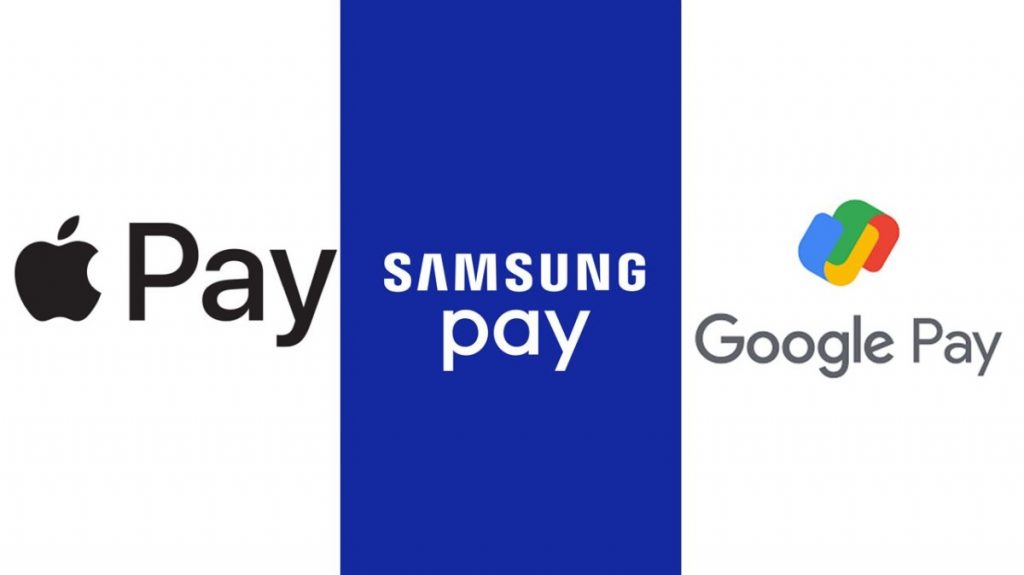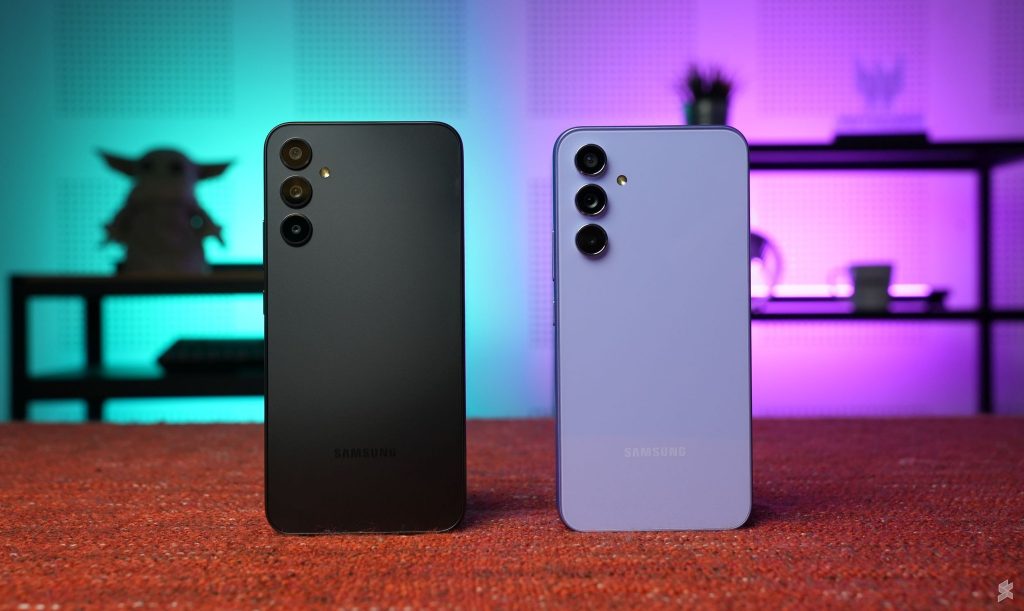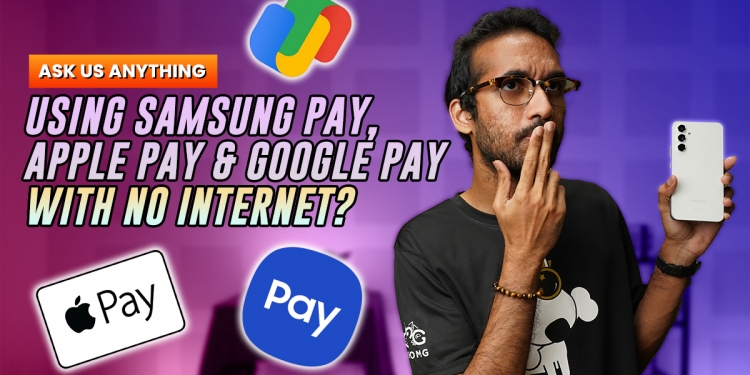Welcome back to another episode of Ask Us Anything, where we gather your questions from the internet and answer them.
In today’s episode, we find out if mobile payment services like Samsung Pay, Google Pay and Apple Pay can work without an internet connection and what upgrades you get with the Samsung Galaxy A54 over the Galaxy A34.
Can Samsung Pay, Google Pay and Apple Pay work offline?

Okay, technically speaking, both Samsung Pay and Apple Pay do not depend on an internet connection to work. When you register your bank card on either of these platforms, your card information will be sent to the card issuer’s network, which would be either Mastercard or Visa.
The respective network will then validate the information with your bank. Once successful, the card issuer’s network will then create a Digital Account Number in the form of a token and an accompanying token key. Both tokens are stored on the device’s respective secure elements, which on Samsung Galaxy devices would be Knox and the Secure Element on Apple devices.
This digital account number is different from your bank card’s number; therefore, your actual bank card details are not stored on the device.
When you perform a transaction, the device will provide the token and token key to the payment terminal, followed by a dynamic cryptogram or a dynamic CVV created by the device’s security chip.
This is like the 3-digit number you might find behind your Visa or Mastercard bank card or the 4-digit number on the front of an American Express card. The difference here is that the CVV information created by the device’s security chip changes for each transaction.
This dynamic CVV is validated by your card issuer’s network using their copy of the token key. Once validated, your actual card details are decrypted from the token and passed on to the bank to authorise the payment. Since all the processing takes place on the device, there’s no need for an internet connection.
That said, it seems like only Apple Pay works without restrictions when you don’t have an internet connection. Samsung Pay meanwhile has no restrictions for bank cards on the Mastercard network when making payments without an internet connection as the token keys are generated on the device. However, bank cards on the Visa network have a limit of up to 10 transactions when offline as new token keys need to be downloaded.
Meanwhile, Google Pay works differently because it is supported across different Android devices. Firstly, Google does not specify where the token is stored on the device. Secondly, Google Pay relies on a unique wallet ID with a 24-byte identifier assigned to each Google account as a verification method for the token.
Moreover, Google Pay needs to download new token keys for all card networks and it can only store a certain number of token keys on the device. Google vaguely specifies that you can perform a limited number of transactions before you need to reconnect to the internet to download new token keys.
What upgrades do you get with the Samsung Galaxy A54 over the Galaxy A34?

Right, let’s break it down starting with the display. The Galaxy A54 comes with a 6.4-inch AMOLED with HDR10+ support while the Galaxy A34 has a larger 6.6 inch AMOLED but without any HDR support. Sticking with the screens, you get a more premium looking punch hole selfie camera cut out on the Galaxy A54 while the Galaxy A34 gets a teardrop notch. The Galaxy A54 also has a glass back while the Galaxy A34 makes do with a plastic back.
Why does the cheaper model have a larger display? Well, I can’t say for sure what was Samsung’s reasoning for that decision. But if I had to guess, it would be to have a compelling selling point given that the Galaxy A34 has quite a number of striped down features compared to the Galaxy A54.
In terms of processors, the Galaxy A54 comes with an Exynos 1380 and the Galaxy A34 comes with a Mediatek Dimensity 1080. To find out if there’s any difference in performance between these two processors, stay tuned for Jon’s review of the phones.
Moving on to the camera system, the Galaxy A54 gets a 50MP wide angle camera, a 12MP ultrawide angle lens, and a 32MP selfie camera. Being the cheaper phone, the Galaxy A34 has a smaller megapixel count for its cameras with a 48MP wide angle camera, 8MP ultrawide angle lens, and a 13MP selfie camera.
Finally, the Galaxy A54 has Wi-Fi 6 support while the Galaxy A34 goes up to Wi-Fi ac. There shouldn’t be any noticeable difference here in terms of Wi-Fi speed given that the Galaxy A54 comes with Wi-Fi 6 which is just a slightly souped-up version of Wi-Fi ac and not Wi-Fi 6e which is the version that gets an actual performance boost.
For details on the other specs, you can check out Mr. Raymond’s video on these phones below.








